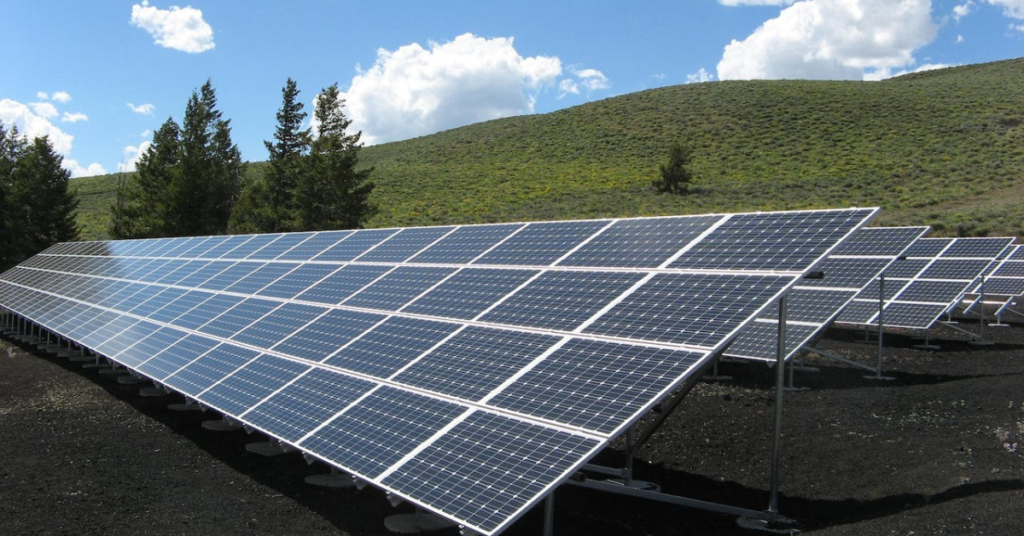The world is transforming towards sustainable energy solutions, and residential solar systems have emerged as a prominent choice for homeowners seeking to harness the sun’s power. These systems enable you to generate clean, renewable electricity. In return, it reduces reliance on traditional energy sources and lowers utility bills.
This beginner’s guide to residential solar systems is designed to dig into the process and help you navigate its key considerations.
Types of Residential Solar Systems
Residential solar systems come in various types, each designed to cater to different needs and preferences. Here are some common types of residential solar Melbourne:
On-Grid
An on-grid residential solar system, often called a grid-tied system, is connected to your local electric grid. It generates electricity from sunlight using solar panels and then feeds that electricity into the grid. This system is like a two-way street, where you can draw electricity from the grid and send excess electricity back to it.
Off-Grid
Off-grid consists of solar panels, batteries for energy storage, and an inverter to convert the stored electricity into usable power. These systems are commonly used in remote areas where grid connection is impractical. They provide self-sufficiency, allowing you to generate and store your electricity.
Hybrid Solar System
A hybrid solar system combines the features of both on-grid and off-grid systems. It’s connected to the grid like an on-grid system but also has a battery for energy storage, providing energy independence.
During sunny days, excess electricity from the solar panels charges the battery. At night or when there’s a power outage, you can use the stored energy. This setup gives you the best of both worlds: savings on energy bills and a backup power source when needed.
Installation Process of Residential Solar Systems
The installation process of residential solar systems involves several steps to ensure that the solar panels are safely and efficiently merged into your home. Here’s an overview of the typical installation process:
Assessment of Roof Layout, Size, and Orientation
Solar panels work best when they receive direct sunlight, so knowing the most suitable location on your roof is crucial. Factors like shading from trees or nearby buildings can affect the efficiency of your solar panels.
Additionally, the size of your roof decides how many solar panels can be installed and how much energy your system can generate. The orientation of the roof, typically facing south for the Northern Hemisphere, ensures optimal sun exposure. A thorough assessment helps solar professionals select the best configuration for your situation, maximizing the system’s performance.
Custom System Design
After the assessment, solar professionals will design a custom solar system tailored to your home’s energy needs and available roof space. This design includes the placement of solar panels, the number of panels to be installed, and the wiring layout.
The goal is to create an efficient system that maximizes energy production and savings. This design phase also takes into account local building codes and regulations, ensuring that the installation complies with all safety and legal requirements.
Installation on the Roof or Ground with Mounting Brackets
Once the custom system design is complete, the installation process begins. Solar panels are typically mounted on your roof using sturdy brackets or frames. These brackets secure the panels, ensuring they can withstand various weather conditions, such as wind and snow loads.
If your property has adequate open ground space, an alternative option is ground-mounted solar panels. The choice between roof and ground installations depends on your specific circumstances and preferences. Solar professionals will install the panels securely and align them correctly to capture the most sunlight throughout the day.
Connection to Home’s Electrical System via Inverter
After the physical installation of solar panels, the next step is connecting the system to your home’s electrical system. This is achieved through a device called an inverter. The inverter converts the direct current (DC) electricity generated by the solar panels into alternating current (AC), the type of electricity used in homes.
This connection ensures that you can benefit from solar energy while accessing the grid when your energy demands exceed what the solar system produces.
Have Your Residential Solar Systems Now
Now that you understand the installation process, you’re well-equipped to take the next step in embracing solar energy for your home. Take the initiative and install your residential solar system now.
